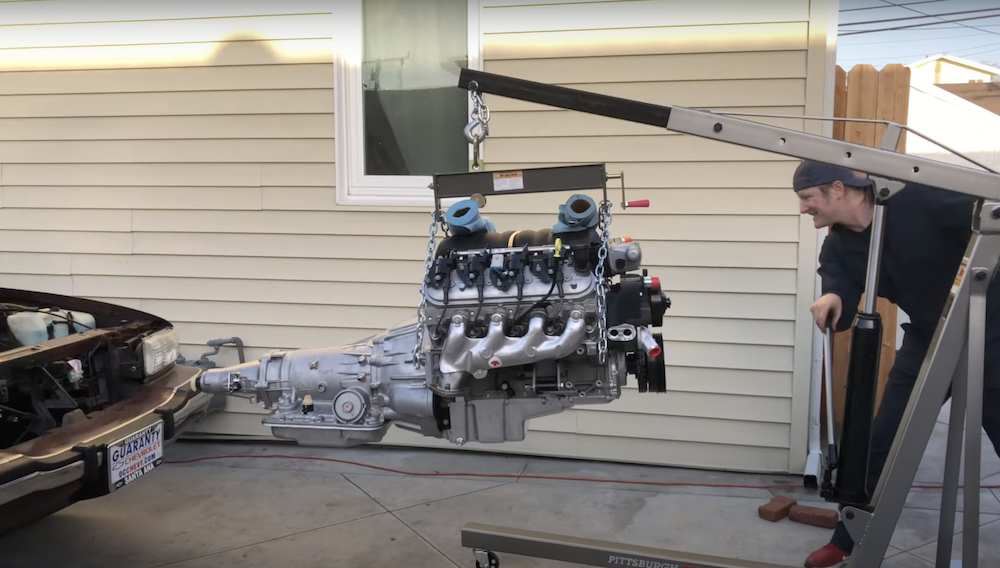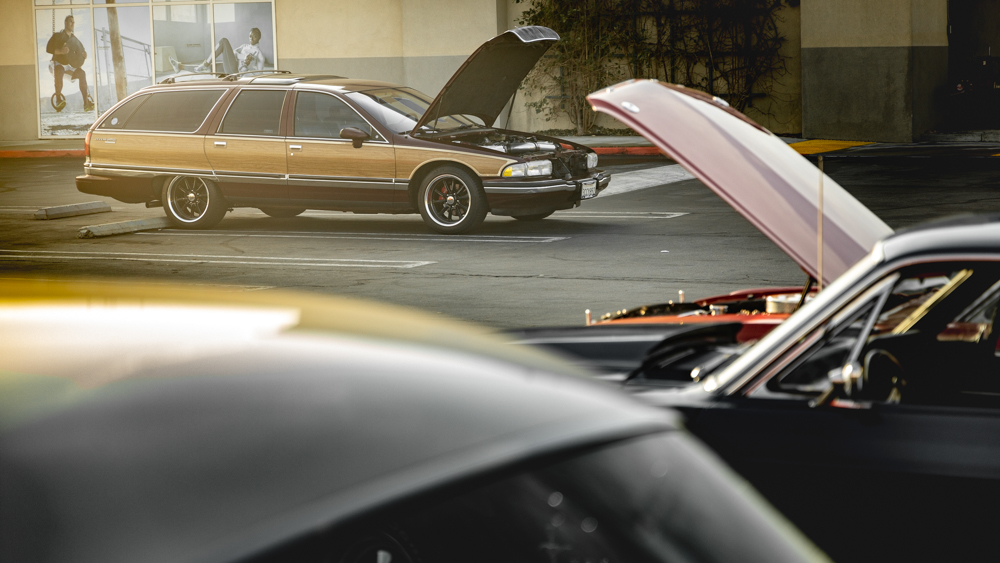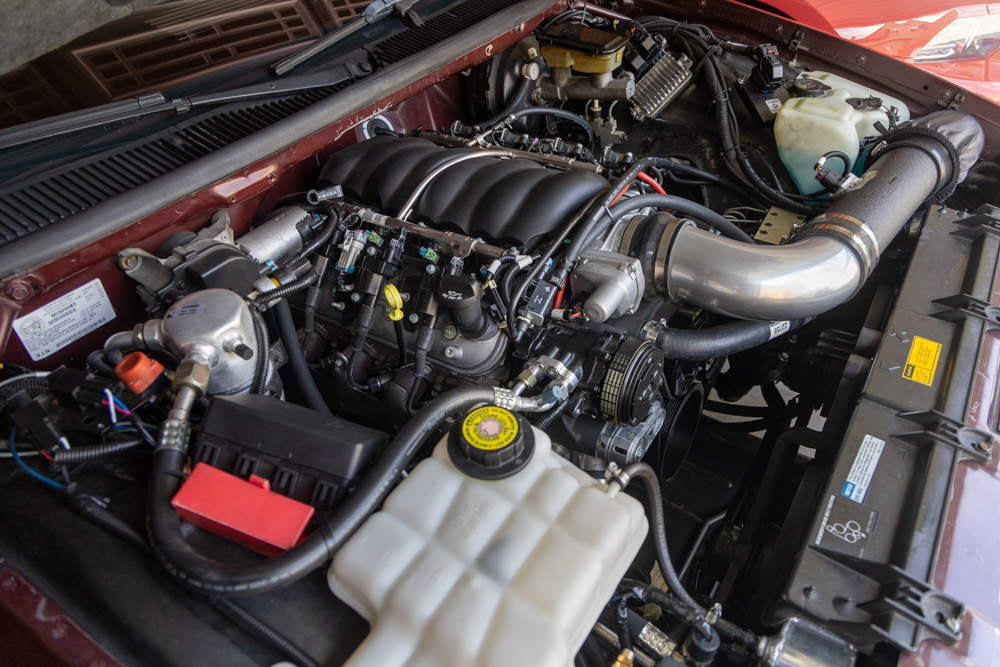How To Do a Legal California Engine Change (E-ROD LS Swaps & More!)
STEP 2: Acquiring Emissions-Compliant Parts (Chevy Performance E-ROD & More)

California recommends keeping engines stock. Either rebuilt to stock or replaced with stock. Never mind that modern 21st-century motors are also dramatically CLEANER and more fuel efficient than any motor produced in the 1970s, 80s, and 90s. You’d think the state would be begging people to do LS swaps, but I digress.
If you are going to do a legal California engine change, BAR first recommends California-certified engines or CARB-exempted engine packages like the E-ROD systems from Chevrolet Performance, which debuted at SEMA 2009. These legal packages streamline the swap and inspection process. Basically, if one installs the kit as instructed, it’s easier to pass the inspection because Chevy Performance outlines everything.
For our project, we used the LS3 E-ROD Connect & Cruise System. Executive Order D-126-32 covers the LS3 E-ROD, stating —
The LS3-6.2L V8 E-ROD Kit is a complete engine and emission control package designed to change engines from 1995 and older passenger cars and light duty trucks within the maximum weight limit (5725 Ibs. GVWR).
Chevy Performance also currently offers an LT1 E-ROD and an LT4 E-ROD as either standalone CARB exempted engine packages, or as complete Connect & Cruise systems. And if you’re in Southern California, please reach out to Guaranty Chevrolet for your E-ROD needs!
Donor Vehicles

Naturally, not everyone wants or can afford an E-ROD engine package. In these cases, one needs a complete donor vehicle or what’s commonly referred to as a crank-a-palette ie, a full takeout drivetrain. However, the downside to modern donor vehicles, rather than a stand-alone exempt engine package, is that there are lots of extra sensors and modules and CAN-bus system complexities. Regardless, as we covered in the previous section, your part lists will need to include —
- Motor
- Accessories
- Computers and wiring harness (with proof a stock tune)
- OEM headers (or headers with an E.O. # for the donor vehicle)
- OEM catalytic converters (or cats an E.O. # for the donor vehicle)
- 02 sensors
- EVAP equipment like charcoal canisters
- Possibly the gas tank (see more below)
- Possibly the transmission (see more below)
Reminder: only source engines from a California-emissions-compliant vehicle. (Specific emissions certification is typically found on an underhood sticker.) It must meet all of the guidelines previously discussed. And, yes, you will be asked to provide receipts.
A Quick Note Aftermarket Parts for E-RODs

While engine changes can become a little more complex with the use of a donor vehicle, there’s one massive benefit. Prior to your vehicle’s BAR Ref inspection, you can add in any aftermarket parts that are CARB-legal for the donor vehicle. (Just make sure to keep those E.O. numbers.) That’s because doing an engine change effectively turns your project car INTO the donor car in the eyes of the state.
However, E-ROD engine packages are a little different.
From our experience, the LS3 E-ROD meets the emissions standards of a 2011 Camaro SS 6.2L LS3. But installing an LS3 E-ROD is not the same as installing a donor motor from a 2011 Camaro. According to BAR,
You are only allowed to install CARB approved components for the E-ROD. The EO# for the E-ROD is not considered a 2011 Camaro, it is just happening to be the engine that was used to certify the EO# with CARB. BAR does not want any modifications to the E-ROD configuration, again only if the components are solely CARB approved for the E-ROD setup.
CHAPTERS
Intro / Background: CARB-Legal Modifications
1) Understanding California Engine Change Guidelines
2) Acquiring Emissions-Compliant Parts
3) Remove OEM Systems & Install Donor Systems
4) Project Break-in & Inspection Prep
5) Virtual & In-Person BAR Referee Inspections
